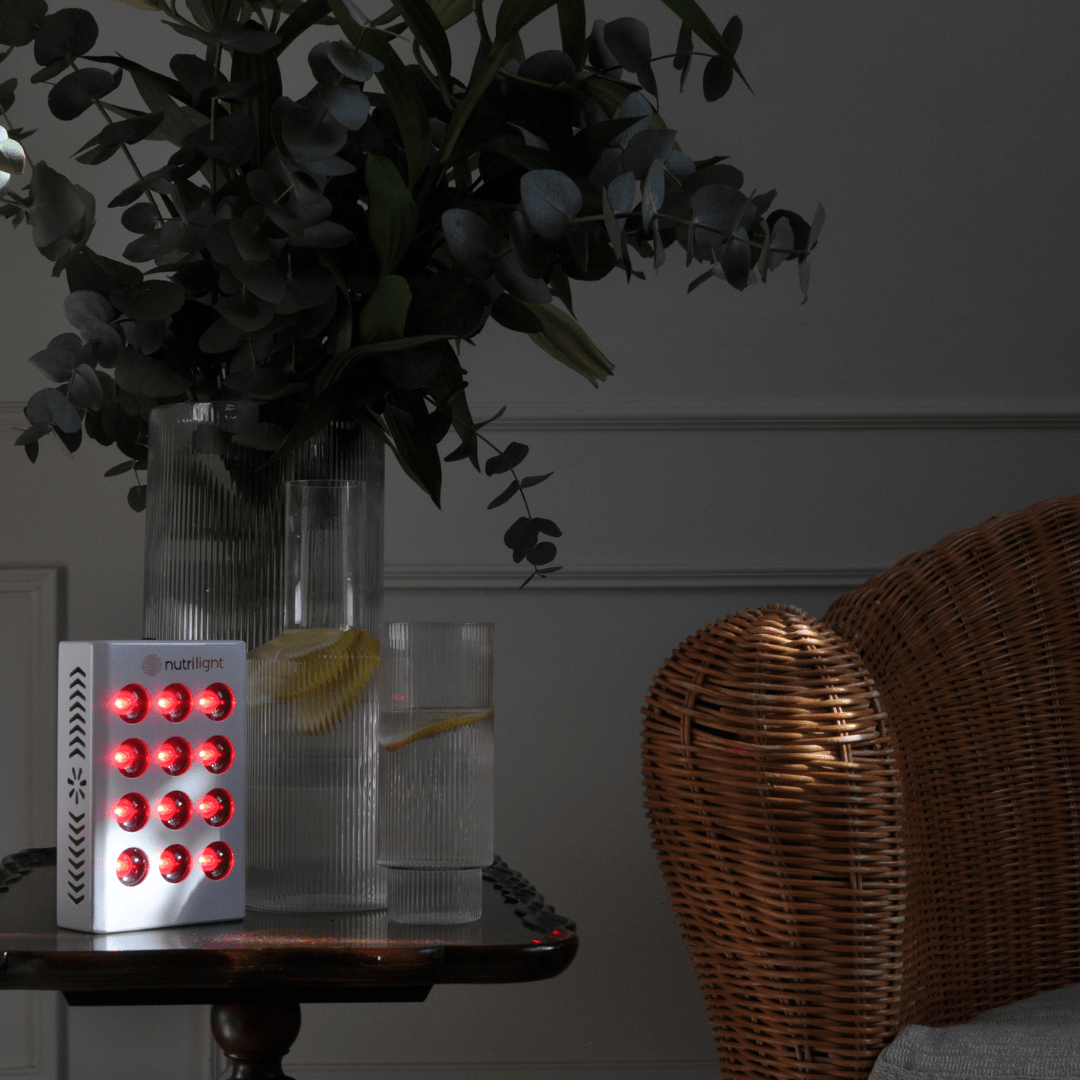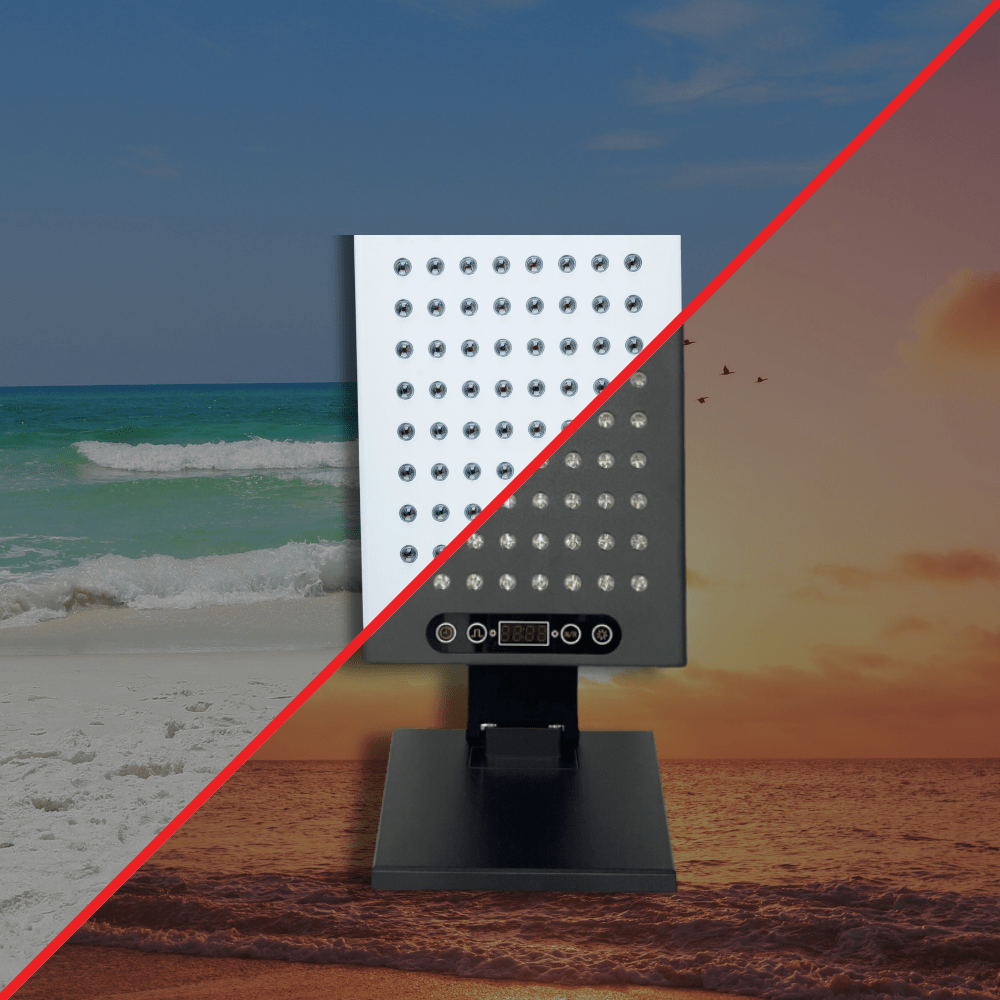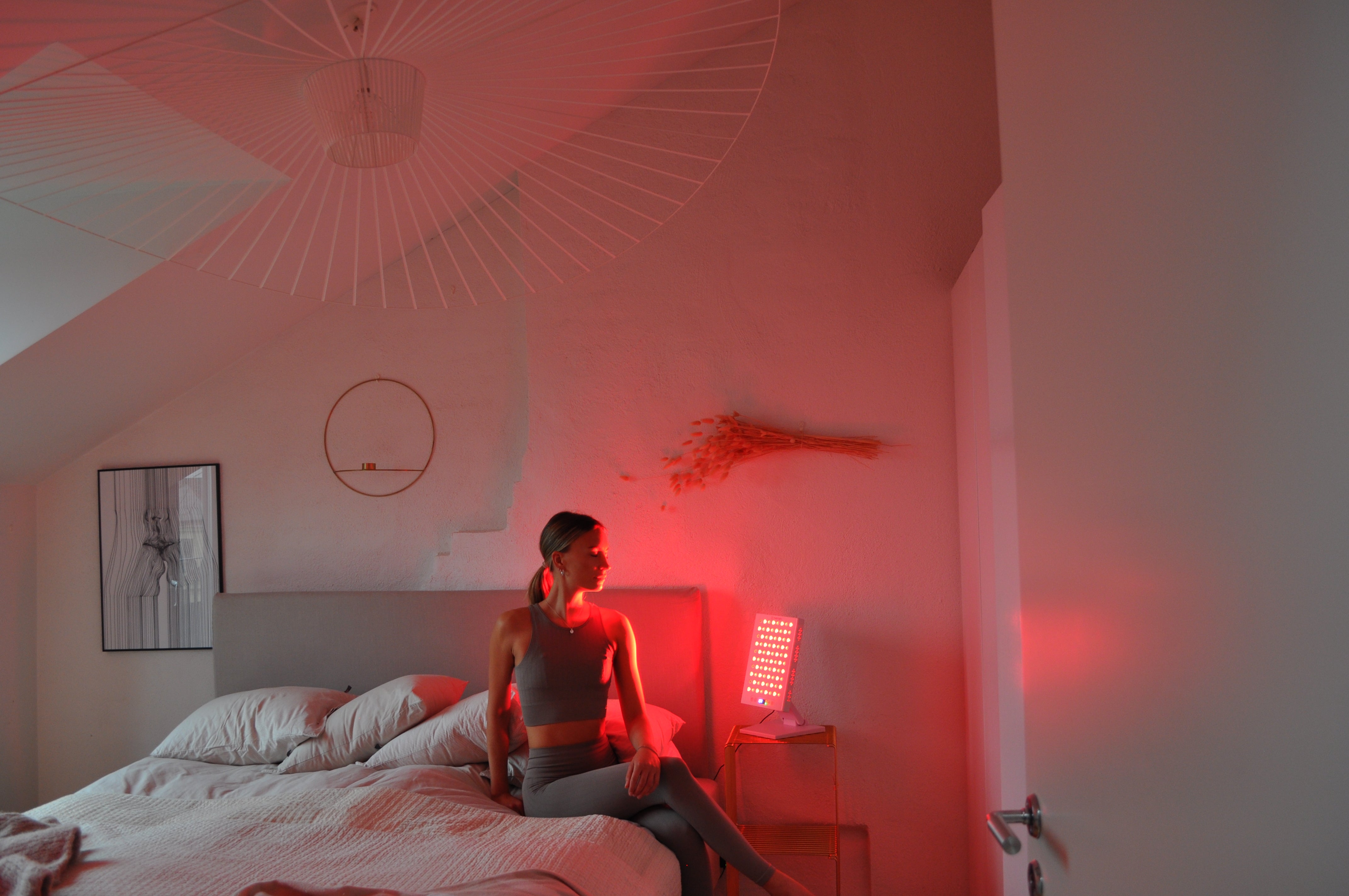Do you feel frustrated by the constant sugar cravings that disrupt your health goals? It is comforting to know that there are new advances in medical research pointing to potential solutions for managing this problem. A groundbreaking method that has gained increased attention is red light therapy, a treatment that has been shown to address cravings for sugar and carbohydrates.
Red light therapy has gained increased attention as a potential solution to tackle the challenging sugar cravings that many of us struggle with daily. This craving for sweets can have a significant impact on our health and well-being. Despite our goal to live healthily, the overwhelming craving can be difficult to resist. Sugar's impact on the brain's reward system and the release of dopamine creates a rewarding feeling that drives us to constantly crave more sugar.
Research suggests that sugar cravings are not solely about a lack of willpower but also involve biological and neurological mechanisms. Our body reacts to sugar by quickly raising blood sugar levels, which provides an initial energy boost, followed by a rapid drop that can lead to fatigue and increased cravings for more sugar to restore energy levels.
An interesting discovery is the connection between stress and sugar cravings. During stress, hormones are released that can increase the craving for quick energy sources, including sugar. This is where many of us feel a stronger need for comfort food, often rich in sugar and carbohydrates, to alleviate feelings of anxiety and stress.
There are also signs that sugar addiction can resemble other types of addictions. When we consume sugar, the reward system is activated in a way similar to other substances that create addiction. This can lead to us developing a strong craving for sugar, even when we are aware of the negative health effects.
One of the most important mechanisms behind red light therapy's ability to reduce sugar cravings is its effect on the mitochondria, the cells' energy producers. Red light is absorbed by the mitochondria and stimulates the production of ATP (adenosine triphosphate), the cells' primary energy source. This increased energy production can have regulatory effects on various processes in the body, including hormone regulation.
By using red light therapy continuously, it can help balance hormones involved in appetite regulation, such as leptin and ghrelin. This can lead to a reduced feeling of hunger and thereby decrease cravings for sweets and carbohydrates.
Furthermore, red light therapy has been shown to affect activity in the brain's reward system by modifying neurotransmitters and signaling substances. This can reduce activity in areas associated with craving for rewards and thereby decrease the desire for sugar.
By regularly applying red light therapy, it can have a cumulative effect on reducing sugar cravings by influencing both hormonal regulations and the brain's reward system. However, it is important to note that red light therapy is not an immediate solution and its effects may vary between individuals.
To take advantage of the potential of red light therapy to reduce sugar cravings, it is common to conduct regular sessions over a longer period to achieve noticeable results. Combined with other healthy strategies, red light therapy can be a useful tool to reduce sugar cravings and promote a more balanced lifestyle.
The studies and research presented here are conducted by independent researchers and institutes. Nutrilight does not fund these studies and has no connection to their execution. These studies generally concern photobiomodulation and are not specifically related to Nutrilight's products.






Share:
Red light therapy during the summer
Red light therapy and IVF treatments